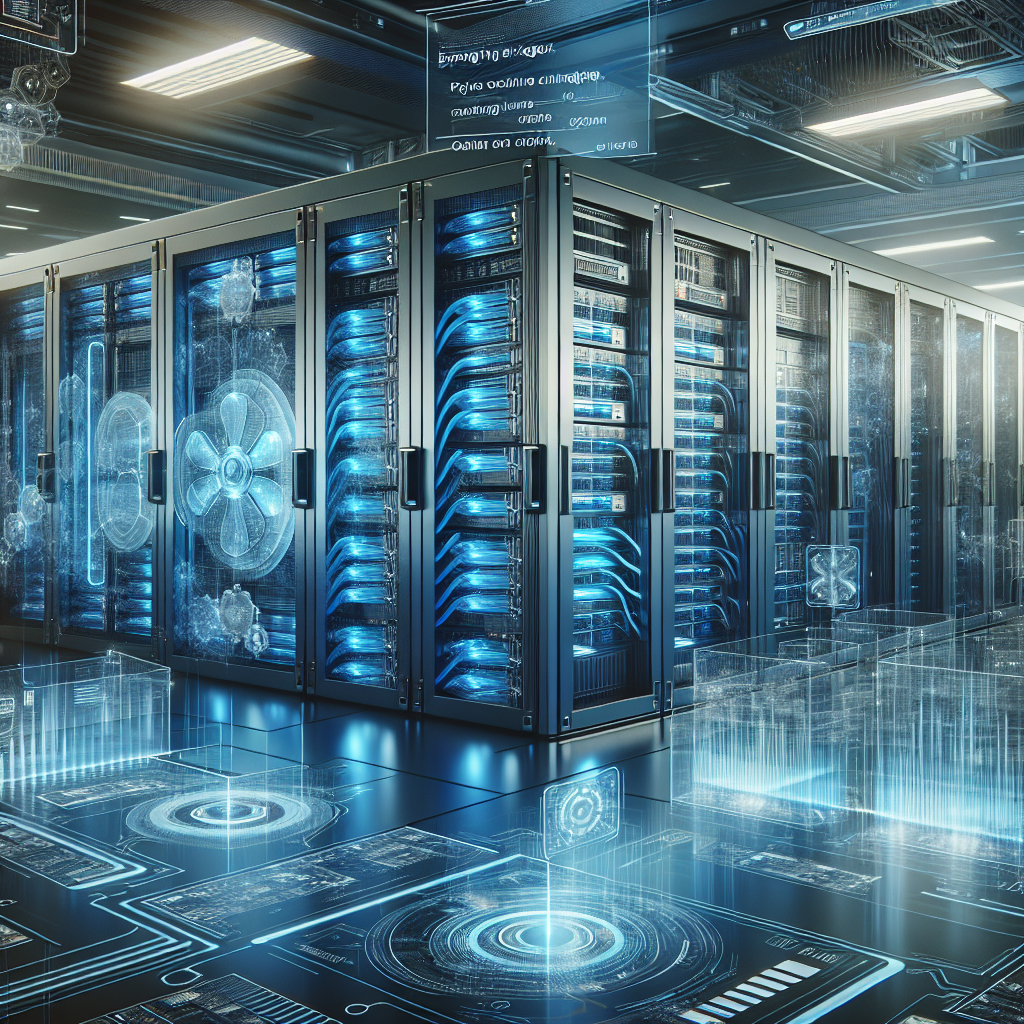Your cart is currently empty!
The Future of Data Center Cooling: Emerging Technologies and Strategies

Data centers are the backbone of the digital world, housing the servers and networking equipment that power our online lives. As the demand for data storage and processing continues to grow exponentially, so does the need for efficient cooling systems to keep these facilities running smoothly. With traditional cooling methods becoming increasingly unsustainable, data center operators are turning to emerging technologies and strategies to meet the challenges of the future.
One of the biggest challenges facing data center cooling is energy consumption. Traditional cooling systems, such as air conditioning units, can account for up to 40% of a data center’s total energy usage. This not only drives up operating costs but also contributes to carbon emissions and environmental impact. As a result, data center operators are looking for more sustainable and energy-efficient cooling solutions.
One emerging technology that shows promise in this regard is liquid cooling. Liquid cooling systems use water or other fluids to remove heat from servers and other equipment, offering a more efficient and effective cooling solution compared to traditional air-based systems. By directly cooling the heat-generating components, liquid cooling can significantly reduce energy consumption and improve overall efficiency. Some data centers are even exploring the use of immersion cooling, where servers are submerged in a dielectric fluid to dissipate heat more effectively.
Another emerging trend in data center cooling is the use of advanced thermal management techniques, such as hot aisle/cold aisle containment and airflow optimization. By segregating hot and cold air streams and directing airflow more efficiently, data center operators can reduce energy consumption and improve cooling effectiveness. Additionally, the use of intelligent monitoring and control systems can help optimize cooling performance in real-time, adjusting cooling levels based on workload and environmental conditions.
In addition to technological advancements, data center operators are also exploring innovative strategies to reduce cooling energy consumption. This includes locating data centers in cooler climates to take advantage of natural cooling, as well as using renewable energy sources to power cooling systems. Some data centers are even incorporating waste heat recovery systems to repurpose excess heat for heating or other applications, further reducing energy waste.
As the demand for data storage and processing continues to grow, the future of data center cooling will rely on a combination of emerging technologies and sustainable strategies. By adopting more efficient cooling solutions, data center operators can not only reduce energy consumption and operating costs but also minimize their environmental impact. With the right approach, the future of data center cooling looks promising, paving the way for a more sustainable and efficient digital infrastructure.

Leave a Reply